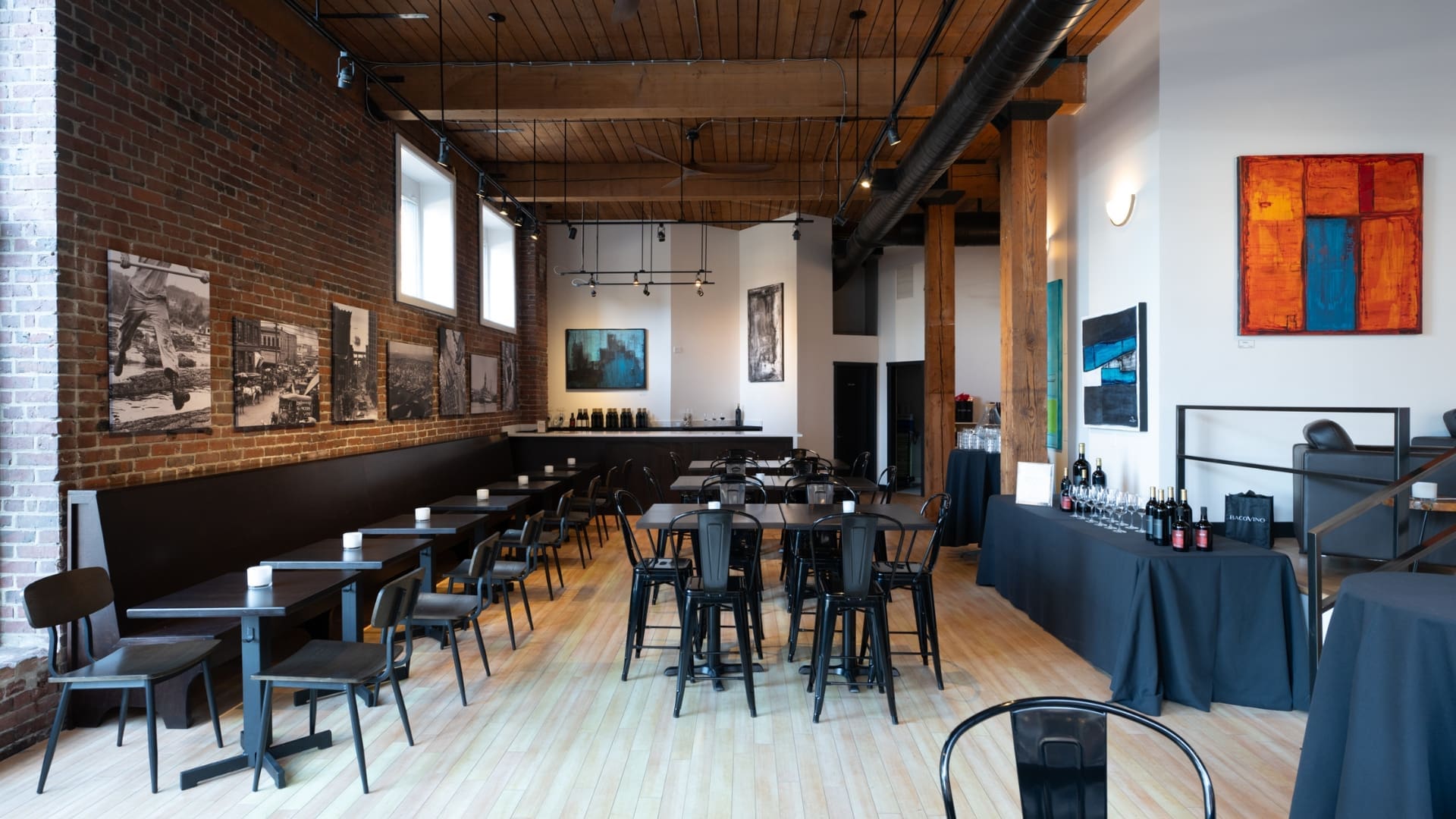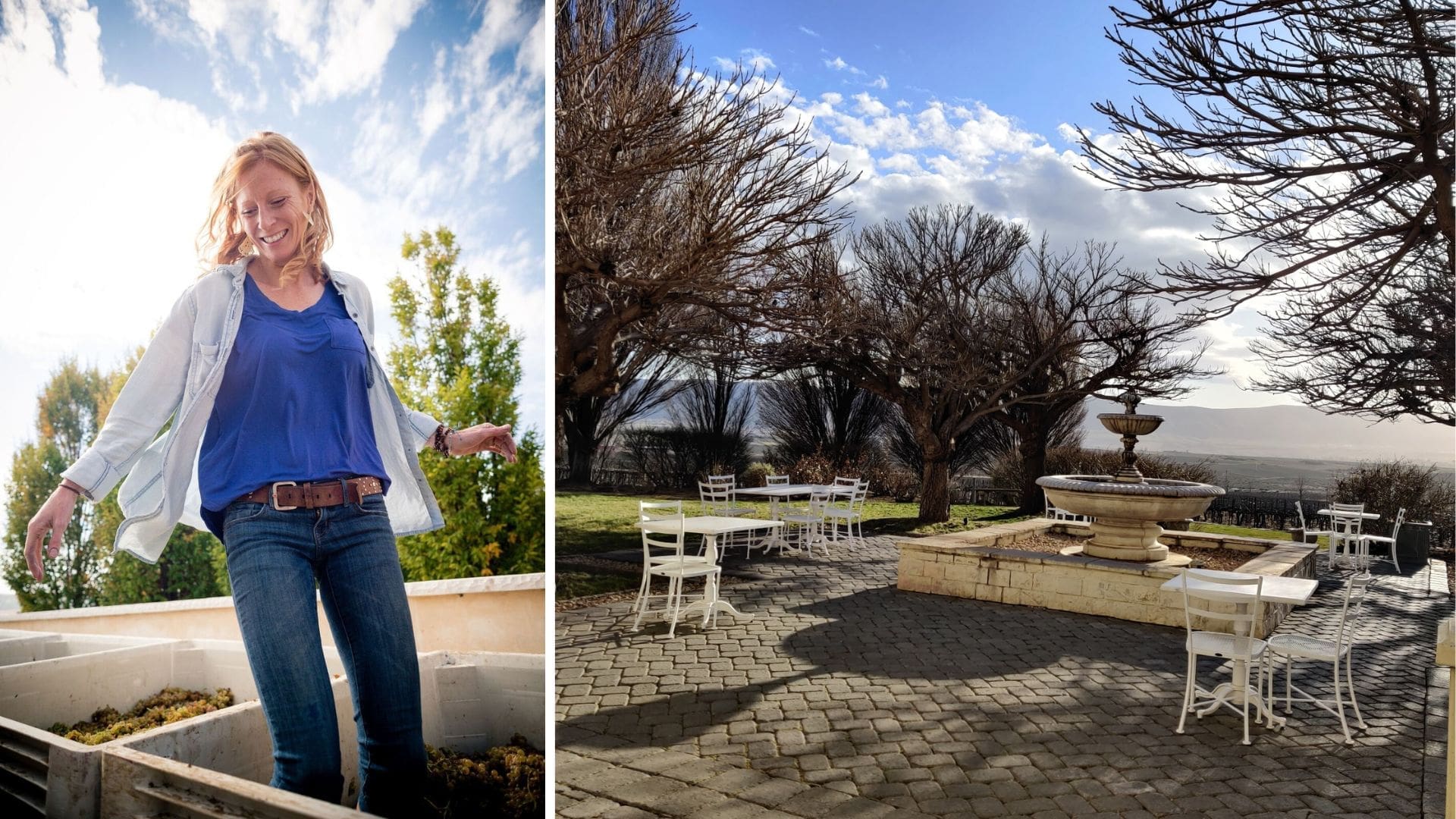Whether you’ve set a resolution to drink less alcohol in 2023, you’re participating in a Dry January challenge, or you’re simply looking for another great craft option, non-alcoholic spirits are definitely in the limelight. But just like any other food and beverage category, not all alcohol-free drink options are created equal. Certainly, you could reach for sparkling water or even juice, but if you’re on the hunt for something with a bit more depth to its flavor, an alcohol-free spirit may be the perfect solution. But just how is a non-alcoholic spirit made? We sat down with the founders of Portland, Oregon, based Wilderton, CEO Brad Whiting and founding distiller Seth O’Malley, to learn more.
What is a non-alcoholic spirit?
The goal in making a non-alcoholic spirit option such as Wilderton was to create a beverage that would still feel and act like a spirit. “We both came out of the distilled spirits world,” says Whiting. “We approached it from a distiller’s perspective.” At its most basic form, each of the two botanical distillates, Earthen and Lustre, are essentially a mixture of water and raw botanicals sourced locally and from around the world such as peppercorn, orange peel and lemongrass. “We used our distillation knowledge to rethink it,” says Whiting. “We didn’t want to make a spirit and then undo it. We wanted to build something from the bottom up.”
With O’Malley’s background and passion focused on tea and botanicals, along with his experience as a distiller, he was well-versed in utilizing alcohol to extract plant aromas, with a focus on spirits such as gin and amaro. “It’s an exciting way to show off and celebrate botanicals,” O’Malley says. “We’re not mimicking gin and making it alcohol-free. We started coaxing flavors out of ingredients and creating novel, fantastical flavor profiles that didn’t necessarily require alcohol.”

How is a non-alcoholic spirit made?
Making a batch of a non-alcoholic spirit such as Wilderton starts by brewing an herbal tea. “We intentionally started with botanicals that we knew would have good water extraction,” Whiting says. By creating a mixture that plays to the strength of water as a solvent, plant aromas are able to be extracted during the process to create bold flavor profiles. Once the mixture is ideal, a process known as vacuum distillation is utilized by employing a spinning cone column still. The gentle heat given off with this method refines and intensifies the concentrated liquid, rather than burning it off. And because the mixture isn’t fermented, alcohol is never introduced along the way. (That means Wilderton has another potential resolution-worthy benefit: it does not contain sugar or gluten.)
How is a non-alcoholic spirit best enjoyed?
According to Whiting, the goal early on was to offer something with a broad array of uses. “We intentionally wanted something that could be enjoyed neat, on the rocks, or in a cocktail,” he says. “It’s meant to be an option with a balance of intensity, acidity and aromas to play across different usages.” A non-alcoholic spirit option such as Wilderton can be enjoyed on the rocks in a highball glass, with a splash of effervescence from tonic to create multiple layers of flavor, or in a simple cocktail such as the Wild & Free.

Recipe: Wild & Free
2 ounces Wilderton Earthen
½ ounce orange juice
Ginger beer
Combine Earthen and orange juice in a mixing glass. Add ice, stir well and strain into a mug or Collins glass filled with ice. Top with ginger beer and garnish with a cherry.
Recipe by Joseph Lopez, Urban Farmer and Departure
rECIPE: Cosmo-Not
1.5 oz Wilderton Bittersweet Apertivo
1 oz Elderflowers Syrup
.5 Lime Juice
6 Fresh mint leaves
2 oz Club Soda
Add all ingredients except soda to a shaking tin.
Add ice.
Shake hard and fast and double strain into a large coupe.
Add 2 oz club soda and float a mint leaf.








